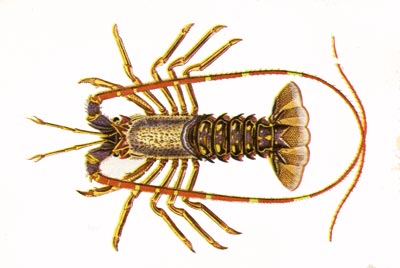
This is the name given to crayfish shipped from Australia to the United States to differentiate them from indigenous ones. (US: Spiny or rock lobster).
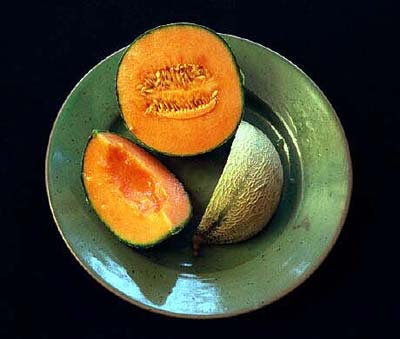
Rock melons are thick-skinned and ridged and include the cantaloupe melon from Italy. Principle types are Ogen, Charentais, Tiger and Sweetheart.
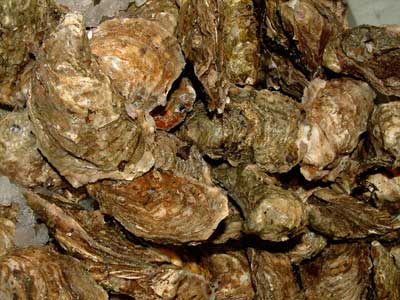
There are two types of sea water oyster readily available in the United Kingdom and most of Europe: rock (Crassostrea gigas) and native oysters (Ostrea edulis). Native oysters (known in France as belons) are small, flattish and circular in shape and with a brownish-green, relatively smooth shell. They are difficult to farm, take four to five years to mature and are not disease resistant. Not only are they more scarce than rock oysters, they are also more highly regarded, with firm flesh and a subtle, delicate flavour. Rock oysters are relatively abundant; the meat is held in a deep elongated cup with a flat 'lid' and the shells are rugged and warty, covered in coarse textured bumps and crevices. The flesh is less substantial than that of the natives and the flavour sharper, even metallic. When the word 'oysters' is used alone this will almost always indicate rock oysters as, if they are natives, they will invariably be described as such. Pacific oysters or gigas are also rock oysters, which, when large are rather fatty and most able to bear the addition of Tabasco and such things and, unlike natives, improved by such additives. As in England, where one can assume that an oyster is a rock oyster, so in France one can assume that huîtres are huîtres creuses (also known just as creuses). Despite all this, a good fresh rock oyster from a good site will be delicious. Native oysters are now being raised in the US where belon is also a term which has come to mean any of several European flat oysters raised on the coast of New England./p>
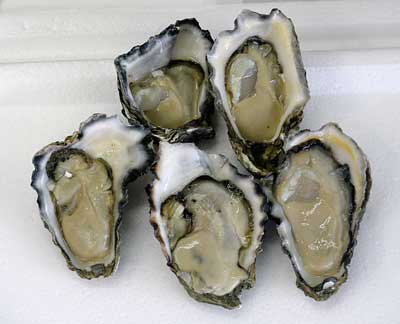
A name for the Sydney rock oyster, a rather triangular oyster with a smooth and warty, rather than a spiky shell and good flavour. Usually found at around 50 g (just under 2 oz) in weight these oysters are farmed in south eastern Queensland and New South Wales where they thrive in bays, estuaries and in mangrove areas.

The rock partridge is found only in Europe in the Alps, Italy and through the Balkans into Greece, usually in mountain settings.
This is not a named salad dressing, but is sufficiently tempting that I would like to record it. It contains fish sauce, red wine vinegar, olive oil, palm sugar, tarragon, chervil and coriander (US: cilantro).
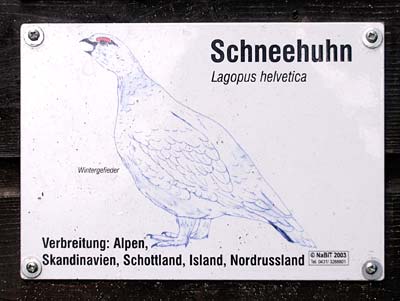
For much of the year the ptarmigan is simlar to the red or willow grouse, with a touch of white on the wings. In winter both sexes become pure white (as does the willow grouse). However, its habitiat is quite different as it prefers barren, stony mountain slopes, usually higher up than the willow grouse.
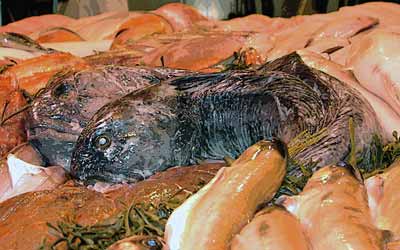
May refer, among various other fish, to wolf-fish or marine catfish. A fish of northern waters. It is medium oily and white-fleshed. Since it eats shellfish, its own flavour is good. Its jaws are strong and it has a blunt head which lend to its unattractive appearance, which is why it is normally sold filleted or in cutlets. It has few small bones and can be prepared in the same way as monkfish (US: angler fish), in stews or grilled. It is sometimes sold as rock salmon or rock turbot.